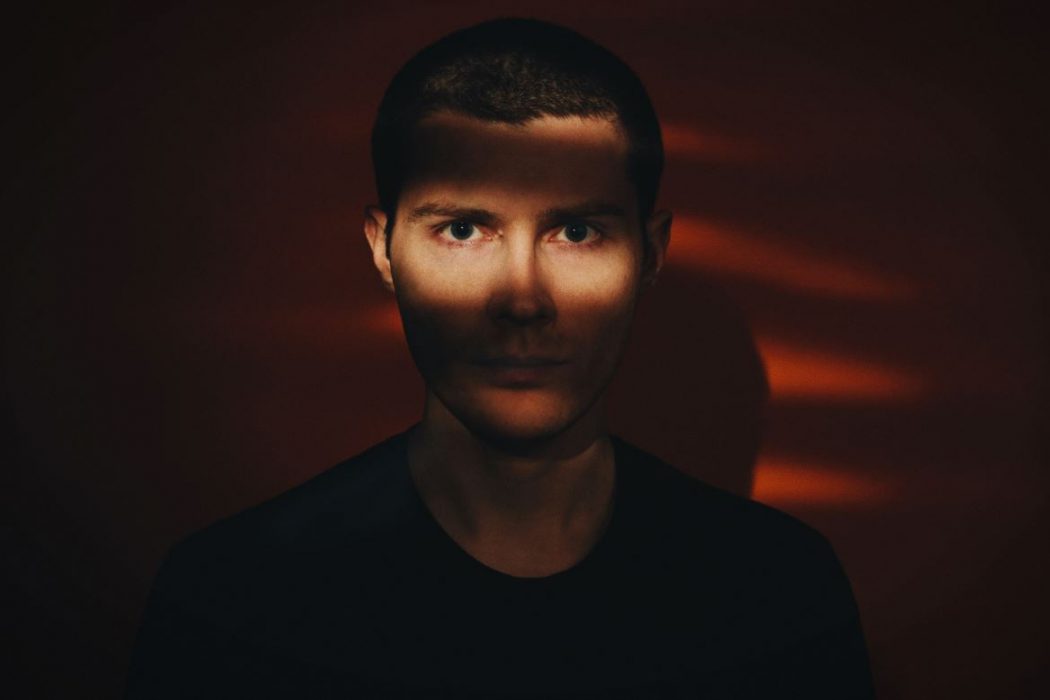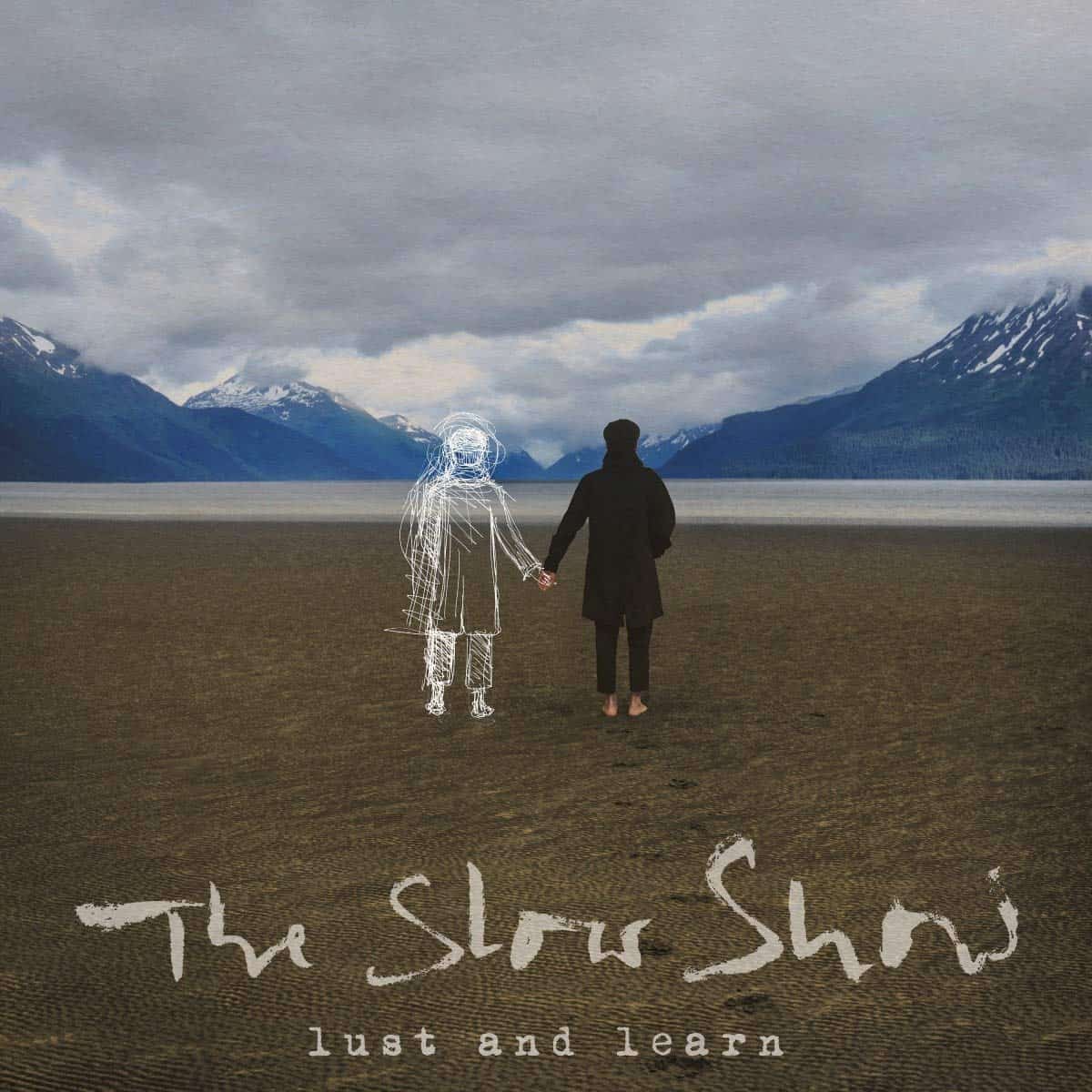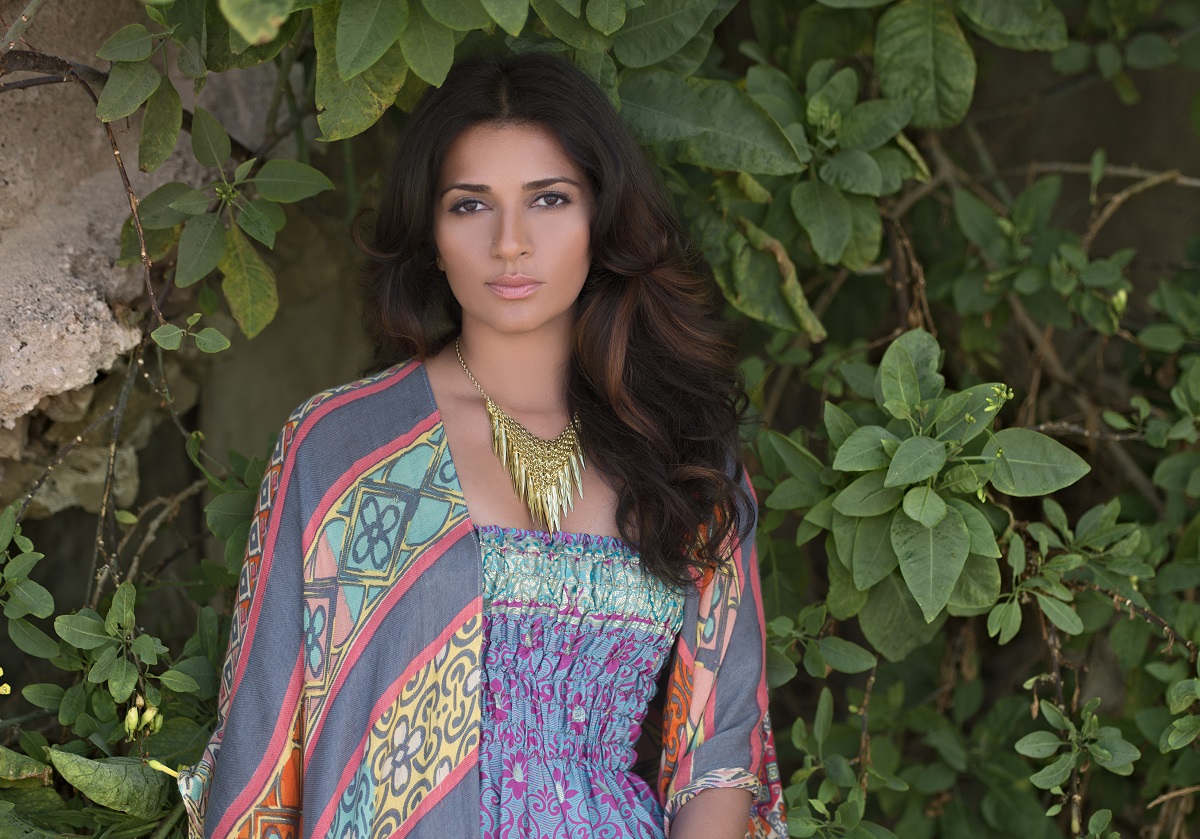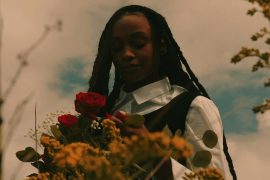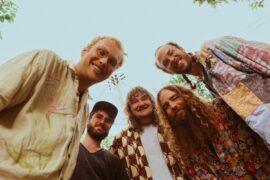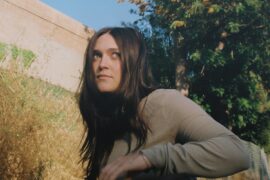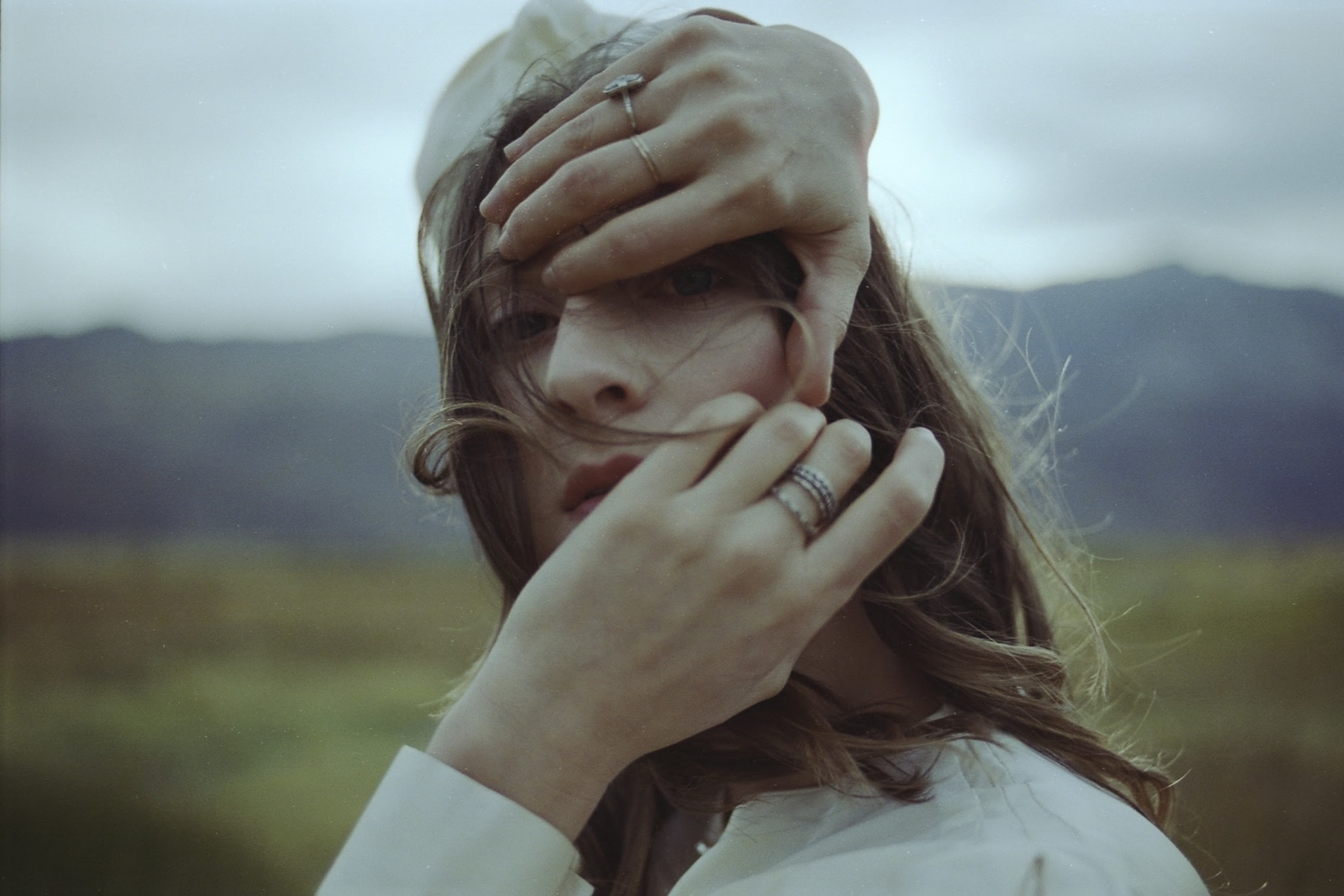André Allen Anjos speaks about his ever-changing collaborative process, his willingness to “try everything,” and the sonic and visual world he’s created on his third RAC record, ‘BOY,’ a reflection on his upbringing in Portugal.
— —
During our phone conversation, André Allen Anjos told me his “method to writing is really to try everything,” which seems to be the foundational element of why his music resonates. Known in the music world for his producer project RAC (Remix Artist Collective), Anjos is a creative force with a penchant for patient experimentation.

The Portland, OR-based artist has worked on soundtracks, scored a ballet, remixed popular songs, and even won a Grammy; and as RAC, that patient experimentation continually takes shape in the way of collaborative and thoughtful records. These RAC records do not come to life ordinarily, though. Each track features a different artist that Anjos worked with to bring the song to life, either from afar or in the studio side-by-side.
Following Anjos’ first two original records, 2014’s Strangers and 2017’s EGO, comes BOY—a deeply personal reflection on Anjos’ unusual upbringing in Porto in Portugal as the son of missionaries with limited access to popular music. In addition to nostalgic depth, BOY showcases the token catchiness that makes RAC records so cohesive and exciting.
For BOY, Anjos switched his processes up a bit, as he loves to do. With fifteen tracks and three interludes, BOY features a slew of newer artists like LeyeT and Luna Shadows, as well as long-time collaborator St. Lucia. And uniquely, Anjos chose not to listen to any music as he wrote this record, letting his coming of age memories guide his mind and light the way. Between Andrés Reisinger’s magical art, a meticulously planned visual live show, and the album itself, Anjos has created a world we might effortlessly get lost in.
BOY is out May 8 on Counter Records, and Anjos spoke with Atwood Magazine about the intricacies of bringing this collection of songs to life. You can read all about it in our conversation below!

A CONVERSATION WITH RAC
Atwood Magazine: Congrats on the upcoming release of BOY! From collaborating with people you mostly didn’t know on Strangers, to working more closely with those featured on EGO, what was the process of making BOY like in comparison?
RAC: It was actually a lot more similar to Strangers in a way. The difference between those two (Strangers and EGO) was definitely the writing method. On EGO I spent a lot more time working in the same room as people, and I was out of my element a little bit. With BOY I wanted to try the first method—where I write all the music first and send it out to different vocalists and see what happens.
So on this one, there were some in-person writing sessions, but it was always stemming from a piece of music I’d written before. So it was kind of a mix of both, but for me, it was really important to have that first creative burst, if you will. BOY definitely has a theme to it musically, and it was important for me to spend time alone and figure that out as opposed to trying to find that with other people in the same room.
I feel like I needed to develop it on my own first, and when I was happy with it I could bring it to other people and they could be inspired by it and do their thing on it. So that was a pretty big difference for me.
Right, there's something about sitting with your ideas for a while and making it what you want it to be. By now you have a lengthy list of artists you’ve worked with—how do you go about orchestrating the features now that you’ve done this a few times?
RAC: Yeah, so this album is definitely different. On the first two, I was really fortunate to work with all these amazing people that I grew up [listening to] and really admired, and it was kind of a dream come true to work with Rivers from Weezer and all these bands that I learned how to play music through. I was so thankful they were down to do it, but I was also a little awestruck by who they are.
In contrast to working with young artists who are just starting out, it’s a completely different style of writing. So, on BOY the majority of the artists [I worked with] are younger than me. I thought that was kind of interesting at this phase of my career or whatever *laughs*, to work with some fresh ideas, whereas the other artists are more developed and have their style.

Like they don't have much to prove at this point.
RAC: Exactly! And so, this time I really enjoyed working with new artists who are hungry and trying to make their mark. It was kind of a different energy and I really appreciated how it came together. So the practical side of it—it’s a mix of people I’ve met, people that reached out, people my managers know. We have a massive spreadsheet! My method to writing is really to try everything. I think I wrote 50+ demos to this album and passed them off to a lot more people than that. But we got 40-something submissions.
So we had a lot of options, but at the end of the day, it wasn’t about “how can we cross-pollinate our audience?” or anything like that. It was legitimately, “what’s the best song?” There was a lot that got left on the cutting table, if you want to use that old term. There’s always an outlet for the other stuff—I’m thinking about doing an EP as well. So, there’s a lot of material basically.
It sounds like an insane process! I also noticed St. Lucia is the one artist that’s been featured on all three records—when you made Strangers were you striving for long-standing collaborations like this one?
RAC: Yeah, I met St. Lucia after Strangers came out actually, which was kind of funny. We were sort of in the same circles, did a lot of touring together, and we became friends basically. So, that kind of played into it. Jean and Patti are wonderful people, and I think if we’ve clicked in the past, I’m always down to work with people again. But it always comes down to the song; the song [they were featured on] on this album is much different from the other stuff, and it was nice to do something completely different.
When I start an album, I think I’m going to work with all the usual suspects, but I like to switch things up and work with different people too. That’s the fun part of being a producer project—I get to work with all kinds of people instead of just one lead singer. It’s fun to try all these different things.
So many different sounds, yet they all go together. That always impresses me about your records.
RAC: Thanks! I wish I knew what I was doing; it might be a little accidental!
Sometimes accidents make for good art! I know it’s a tough question, but I always love to ask: Is there a song on the record you’re most proud of, or a writing session that was really memorable?
RAC: It is a good question, and it’s funny how I haven’t really thought about this. There are a couple favorites, like “MIA” with Danny Dwyer. For me, I have a deep personal connection to these because this whole album was basically written about my childhood and channels a lot of that time period. For example, “MIA” is a chord progression I have a very vivid memory of playing when I was 13 or so. It was going back and re-appropriating some of these ideas, and obviously expanding on them and making them a little more interesting.
I don’t think I was writing great songs at 13! But that was sort of the start. And then the Maddie Jay song (“Sweater”) is sort of a weird, funky song. I kind of gravitate toward the weirder stuff. Like “Carefree,” which is actually the second single. That was an interesting one because it was my least favorite demo at the time. When I’m working with different people I’ll send them three or four options. I had this demo—I remember the number—it was Demo 31.
So in the middle of the process, I sent it to this artist called LeyeT thinking “she’s never going to pick this.” And she sends it back, and it’s amazing! She did something so interesting with it. While I was showing others, people kept coming back to that one. It’s kind of a weird song, and definitely not typical for me. So it’s again, kind of a happy accident. So that one sticks out to me as well. It’s really hard to pick one.
Watch: “CArefree” – RAC
It always is! Each interlude on BOY is titled in Portuguese. What influenced that decision?
RAC: Yeah, so I grew up in Portugal and lived there until I was 20. So I’m kind of channeling a lot of that time period, specifically the age range of 10-16 when I was writing this. “Rapariga” translates to “girl” and “Gomas” was actually a quintessential after-school snack; we’d always go by this candy shop, basically. So it’s a vivid memory from that, which I was thinking about when I was writing “Gomas.” And “Arcoíris” means “rainbow.”
The rainbow thing was this idea I had, of in the span of a minute showcasing various emotions based on one single melody. So it’s sort of the same, but it fluctuates from something very simple and soft, into something a little bit darker. So those are some of the ideas I was playing with. Living in Portugal was a huge part of my life, so I wanted to acknowledge it in some way.
Your photos and album art for this album cycle are mostly pale pink. What was the thought behind making this era pink?
RAC: I found this artist on Instagram—because that’s where you find art these days—his name is Andrés Reisinger and I was blown away. His work is architectural, creating spaces, sometimes with objects in them. At first I thought they were real spaces, but the more you look at them, it’s like, oh this is 3D art. I found one photo in particular, the album cover, to be really striking. It looks like a museum or something, but it’s completely fake.
I actually emailed him and asked if he’d be opening to be licensing the photo for album art, and turns out, he’s like, a fan and has been listening to my music for a long time. We hit it off and he signed on to do the whole project. I feel very fortunate to work with him, and he developed this whole aesthetic based off of an image he’d already done. So the photos were all based off of his imagery.
We have a lot of stuff we haven’t released yet for the tour and 3D content that was all inspired by his art as well, all starting from his vision. I’m really appreciative; it’s the first time in my career I’ve been able to do that and I’m stoked.

Wow that's really cool to have that partnership. Speaking of tour, I know the state of the world is kind of in limbo, but what are you most excited about in regards to the live experience?
RAC: I should mention that as of right now, the tour’s still on. I think we’re all on the same page, and if it comes down to it and it’s unsafe we’ll move it. Which will be interesting in the fall with literally every band… we’re all doing our best! But this is a show I’ve been developing for the past year or so. In 2017, after EGO, we finished a big U.S. tour with a full band. It was a big production and I got a little burnt out from that, so I knew I was going to do something different with BOY.
On the surface, it’s like a one-man show, but there’s a heavy visual influence in it. There’s where the 3D art I mentioned comes in. It’s a very defined show, I’ll be performing on stage but there will be this massive LED wall behind me, with very specific visuals I’m designing and working with other artists to put together. In a way, it’s more of a visual show and it’s something I’m really excited about. It’s kind of like making a film, and it’s tying in a lot of my interests. I’m really excited for it, and hopefully, it happens on the dates we announced!
I hope so too! Visually oriented shows like that are so exciting and stick out to me.
RAC: It’s kind of a different approach. I’m sort of in a weird position as a producer/artist, however you want to define it. It’s literally impossible to get the original vocalists. Maybe if Lana del Rey wants to come out for the L.A. show…*laughs* that’s not going to happen. So it’s a balancing act. When touring with the band, we would play a lot of original work, but we didn’t play any remixed work, and I have fans that like both.
I always felt a little torn between both of those worlds, so this is somewhere in the middle where it’s a little more instrumental. I get to be more experimental because it’s a one-man show, and logistically it’s a little easier and I get to lean on the visual side. I think my point is, I’m always trying to reinvent it and change it and do something different. So when people come to a show, they don’t know what’s going to happen. And I kind of like that!
I hope I get to catch one of those shows! Lastly, what is something you hope listeners get or feel when listening to BOY?
RAC: I think my hope is that it takes you back somewhere. This is obviously a very personal experience to me, growing up in a deeply religious environment and not being allowed to listen to music, and grasping music through little pieces here and there. So the album isn’t influenced by any specific artist, at least that I’m aware of. It’s like a time period, and I’m hoping that comes through. I hope people can relate, even though it was such a different and unique environment for me, I hope that there’s some broader shared feeling or experience. So I guess I hope people feel a sense of nostalgia, but also that it connects with them, and people feel something. I think that’s the ultimate goal!
— —

Connect to RAC on
Facebook, Twitter, Instagram
Discover new music on Atwood Magazine
? © Claire Marie Vogel
:: Stream RAC ::

